Few know that the game evolved from a German doctor and poet by the name of Justinus Kerner (1786-1862), who, in 1857, created a book of poems inspired by the symmetrical shapes he created with inkblots. Kerner called his abstractions Klecksographen, (translated “Blotto-graphs”), and were enhanced by hand to create surreal, anthropomorphic creatures. Though his book was not published until after his death in 1890, it became the spark that influenced not just parlor games but the future career of young Hermann Rorschach.
For the last 60 years or so, the Rorschach test has been used as a psychoanalytical testing tool by many psychologists, and at the same time, discounted by scores of medical professionals who call the test worthless and tantamount to a scam. But one thing is sure — the inkblot has come to personify mystery, interpretive analysis and the science of psychology as a whole.
By the 1960s and 70s, the Rorschach test was commonly known, at least enough to where the idea of it made its way outside the lexicon of psychiatrists and into the mainstream vocabulary. That’s where the symmetrical inkblot became known in popular culture, and in 1984, was “pop” enough to be used by Andy Warhol (1928-1987) in several dozen large paintings.
And yes, the inkblot eventually made its way to advertising, where it continues to be used off and on to this day.
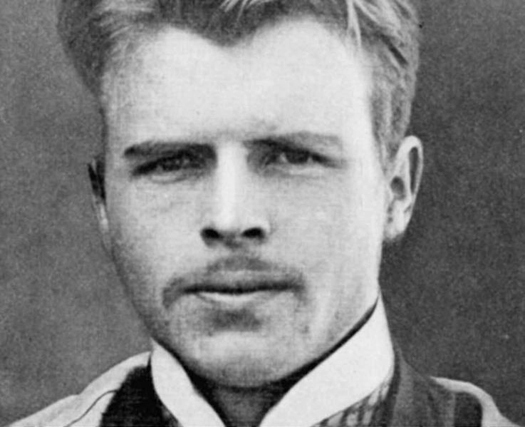
Photo of Hermann Rorschach, c. 1910
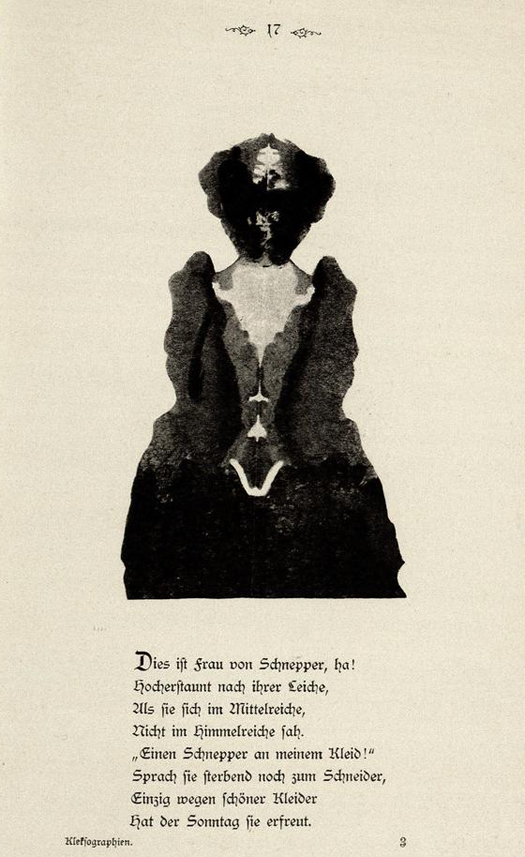
Justinus Kerner, page from his book Klecksographen, published 1890.
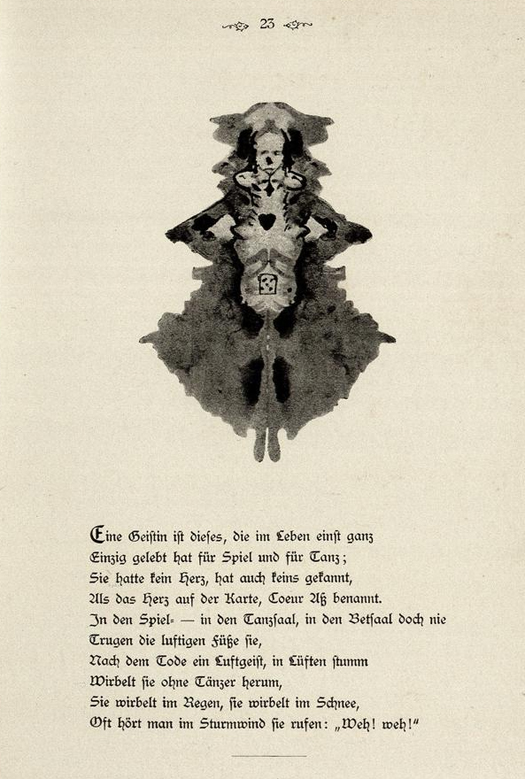
Justinus Kerner, page from his book Klecksographen, published 1890.
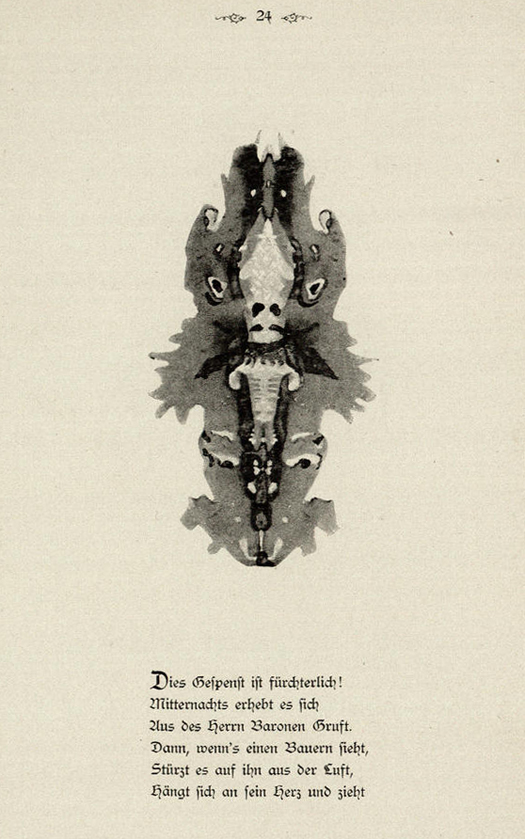
Justinus Kerner, page from his book Klecksographen, published 1890.
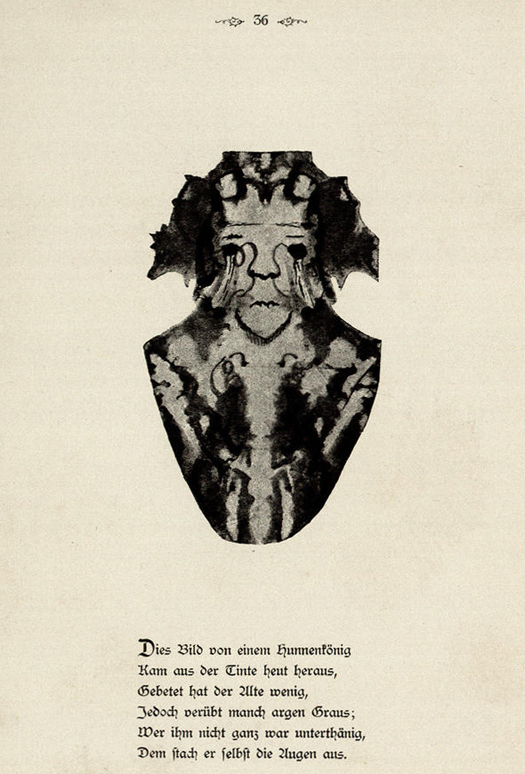
Justinus Kerner, page from his book Klecksographen, published 1890.
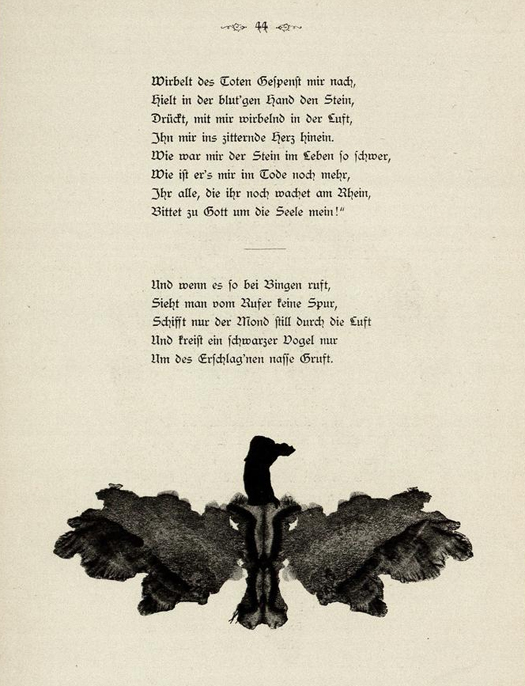
Justinus Kerner, page from his book Klecksographen, published 1890.
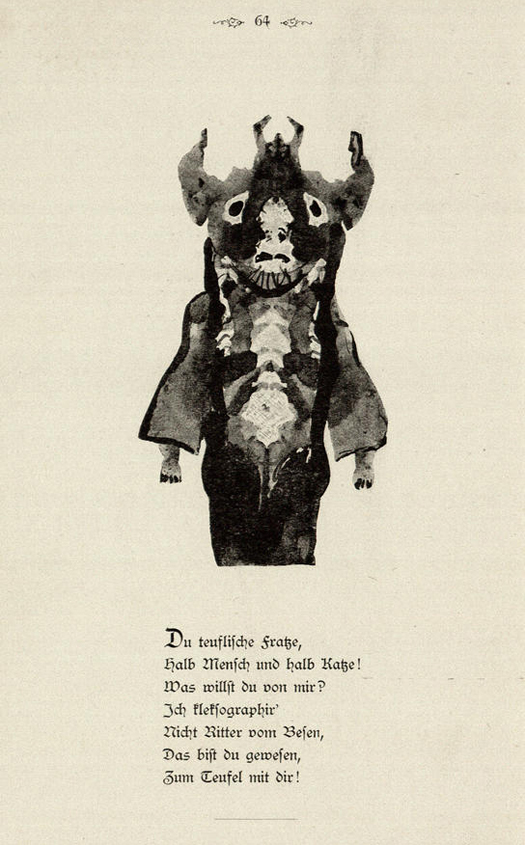
Justinus Kerner, page from his book Klecksographen, published 1890.
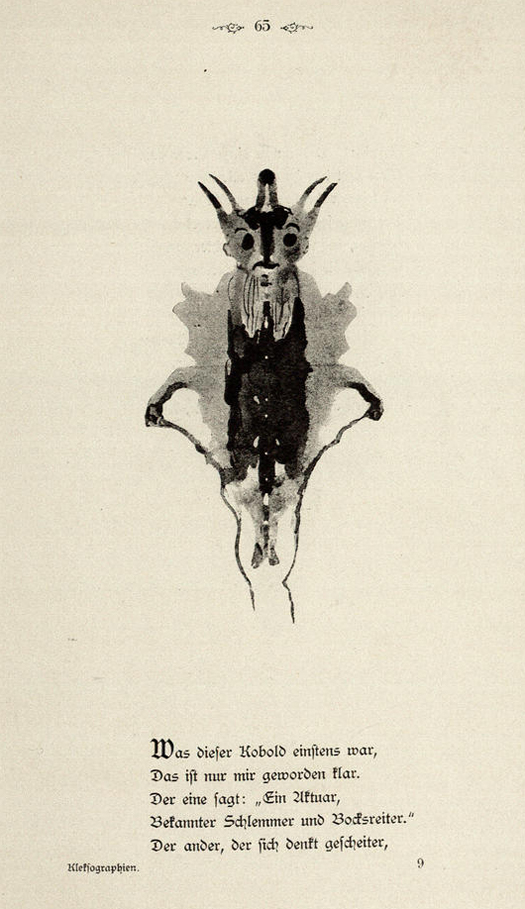
Justinus Kerner, page from his book Klecksographen, published 1890.
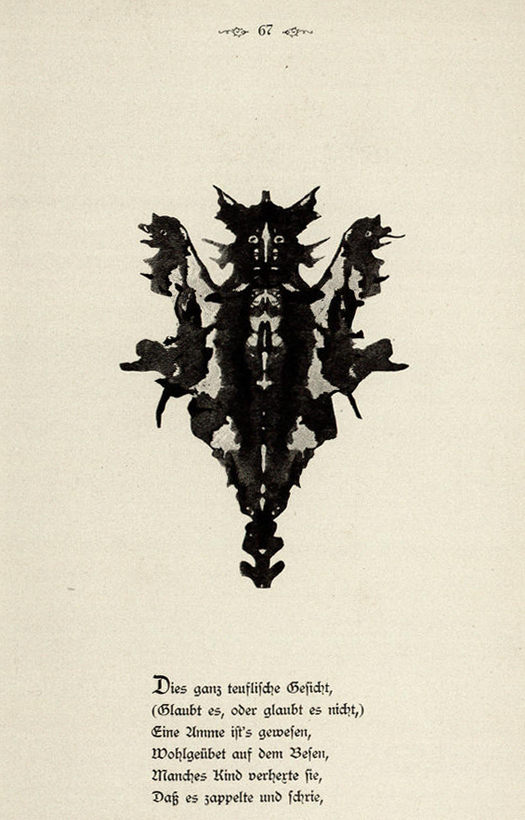
Justinus Kerner, page from his book Klecksographen, published 1890.
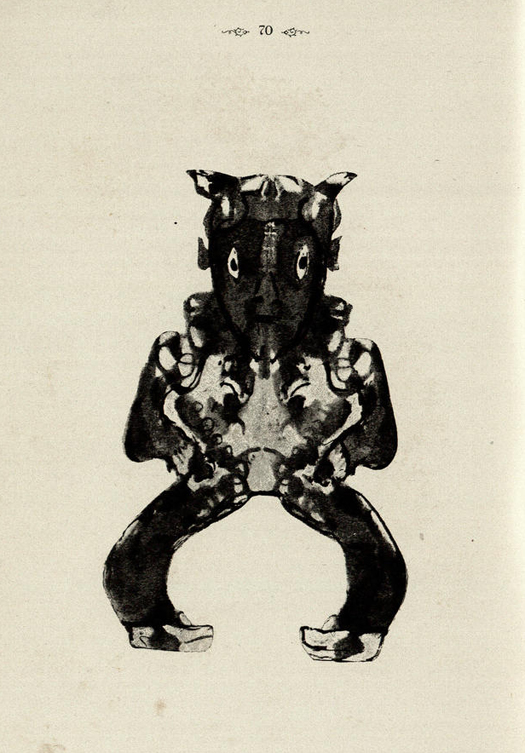
Justinus Kerner, page from his book Klecksographen, published 1890.

Justinus Kerner, page from his book Klecksographen, published 1890.
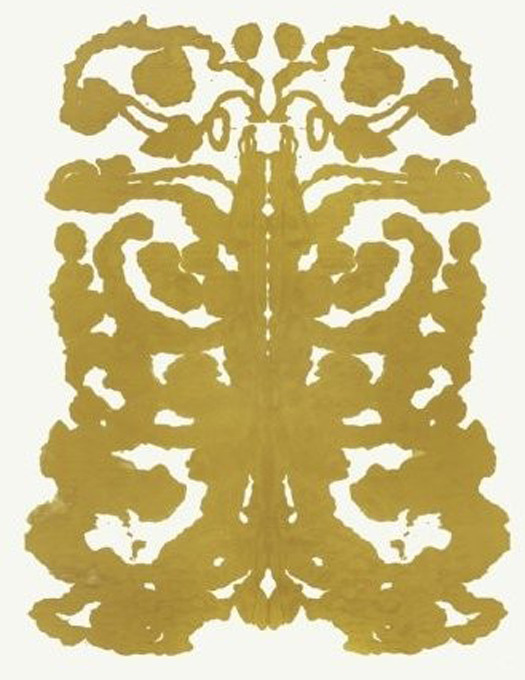
Andy Warhol - Rorschach, 1984; Synthetic polymer paint on canvas
Collection of the Museum of Modern Art, ' 8 1/4" x 9' 7" (417.2 x 292.1 cm)
© 2013 The Andy Warhol Museum, Pittsburgh; Founding Collection, Contribution The Andy Warhol Foundation for the Visual Arts, Inc.
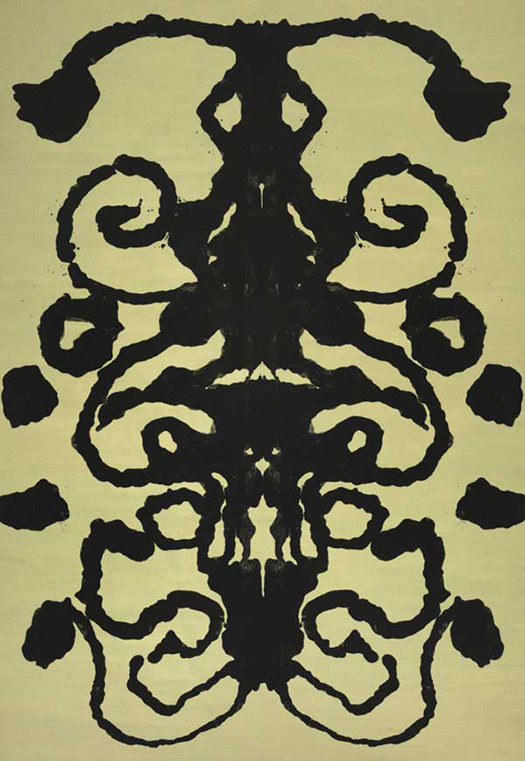
Andy Warhol - Rorschach, 1984; Synthetic polymer paint on canvas
© 2013 The Andy Warhol Museum, Pittsburgh;
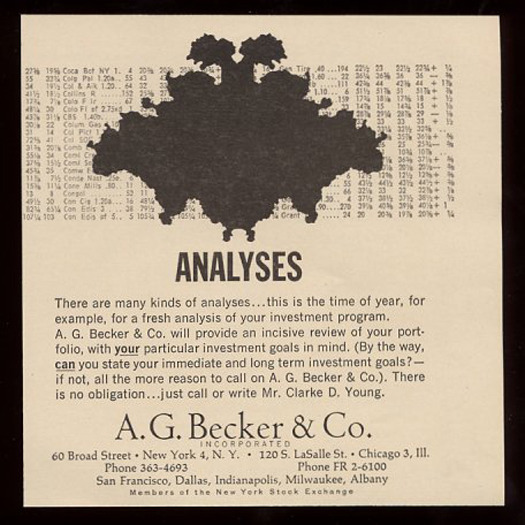
Advertisement, c. 1955 for A.G. Becker & Co.
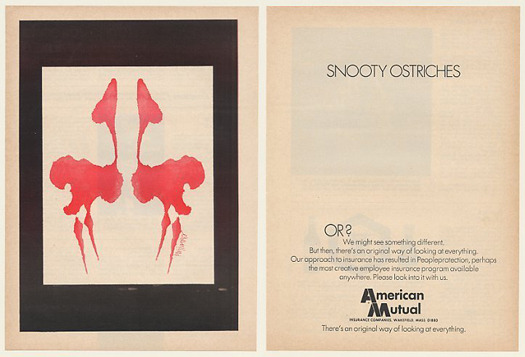
Advertisement for American Mutual, c. 1960s
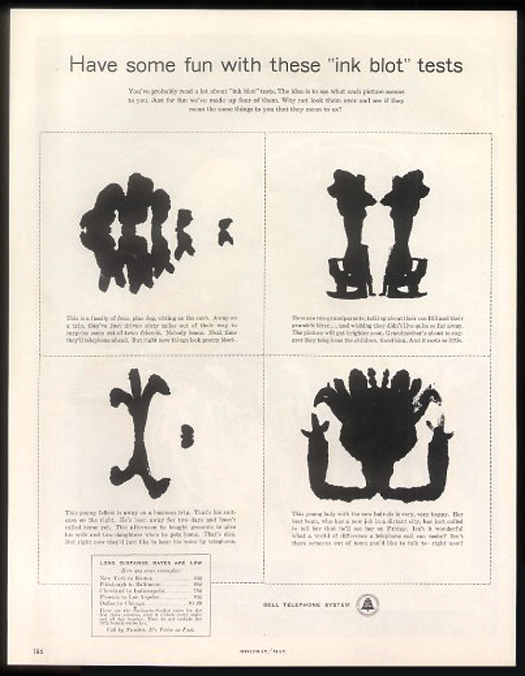
Advertisement for The Bell System, c. 1960s
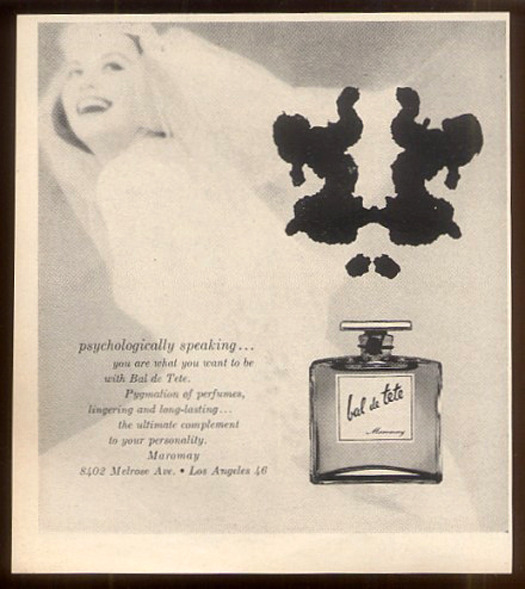
Advertisement for Bal de Tete, perfume, c. 1960s.
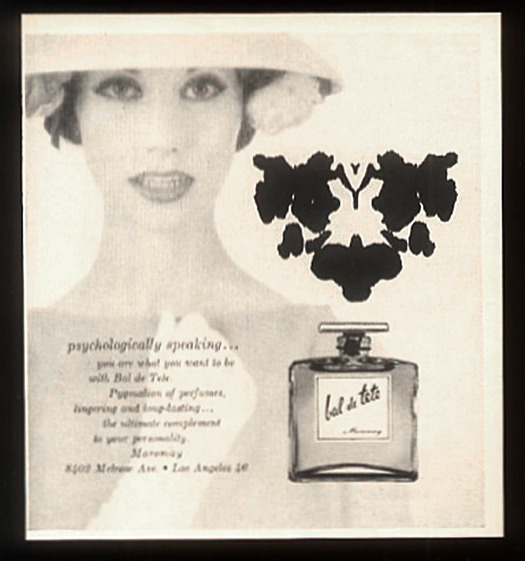
Advertisement for Bal de Tete, perfume, c. 1960s.
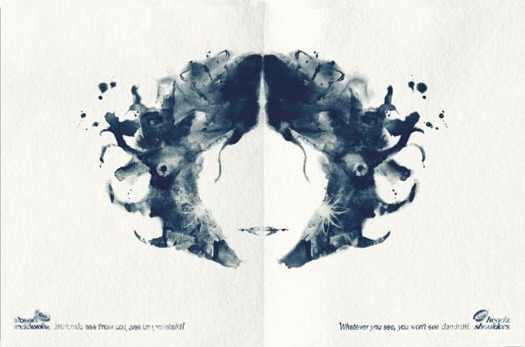
Head & Shoulders: “INK BLOT” Print Ad by Saatchi & Saatchi for P&G, April 2008
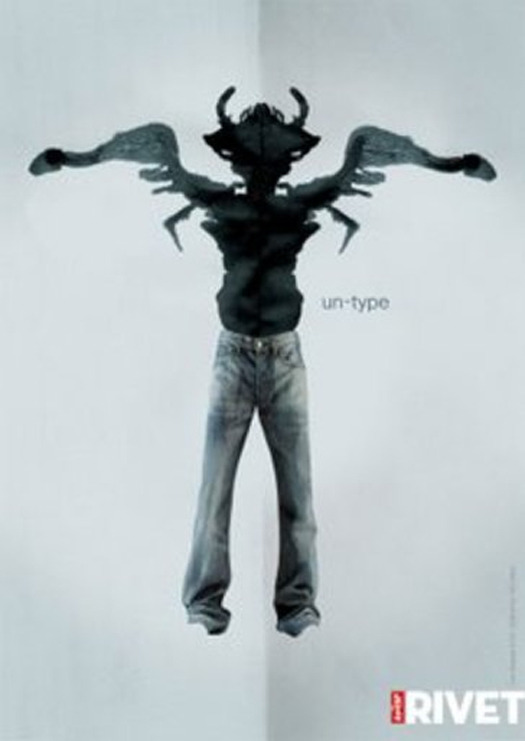
Rivet Jeans, 2006, Advertising Agency: JWT India
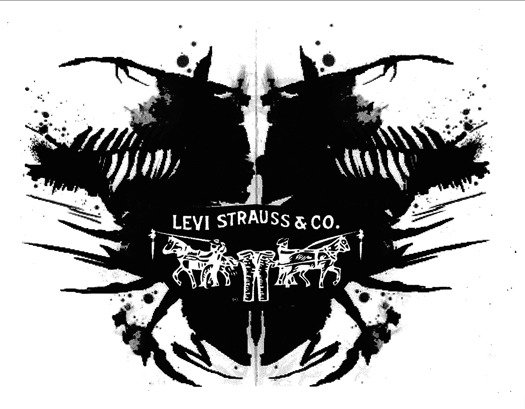
By Daniel J. Richardson, Project 54, Richmond, VA
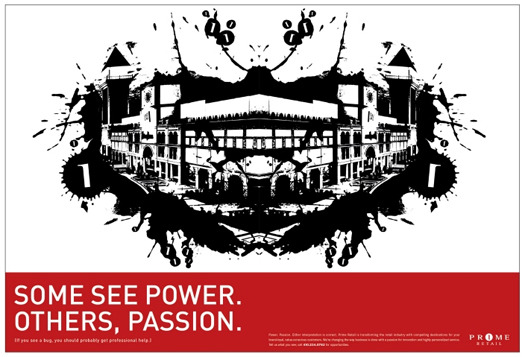
Prime Retail - "Ink Blot" Trade Ad - The "Ink Blot" ad simply calls emphasis to the brand's tag line: The power of passionate shopping. The image used to create the ink blot is one of the client's most cherished properties, Prime Outlets, San Marcos. Sean McGinnis, Art Director, Philadelphia, PA
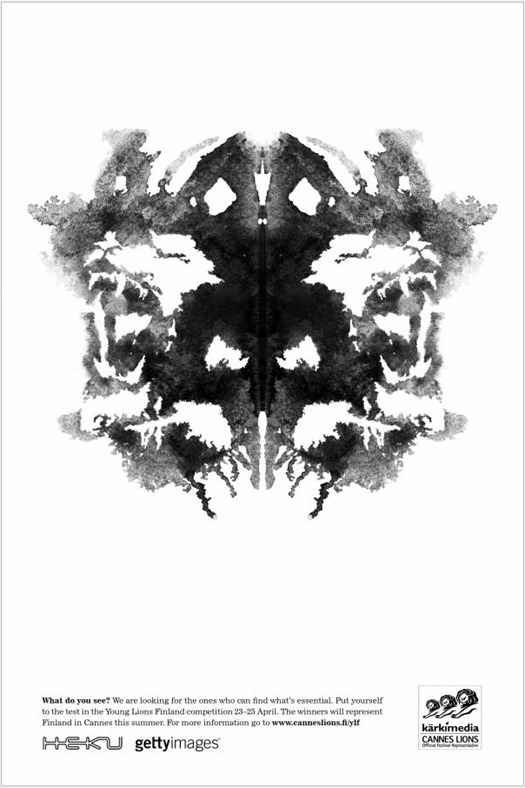
Brand: Karkimedia: Young Lions Finland 2010 Competition; DDB Helsinki, March 2010
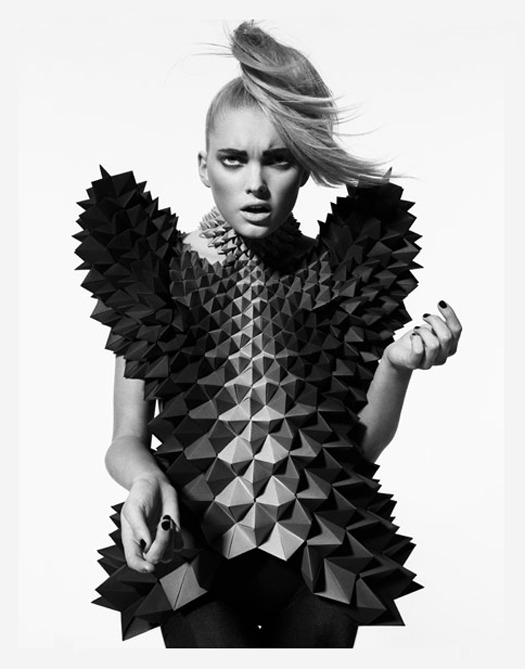
Swedish fashion designer Sandra Backlundcreated her famous Ink Blot Collection, which won the top prize at the international fashion festival at Hyères, France, in May 2007.
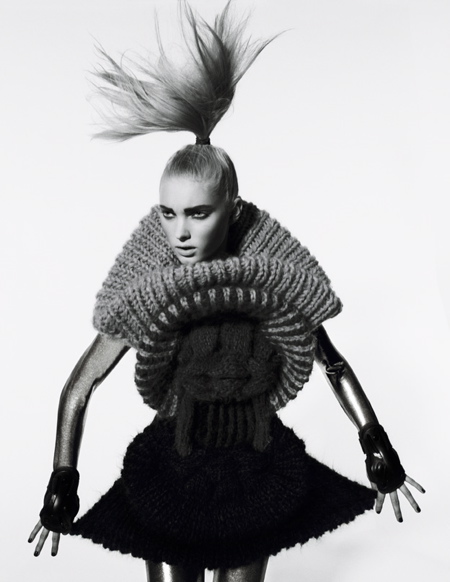
Sandra Backlund, dress from her Ink Blot Collection, 2007.
